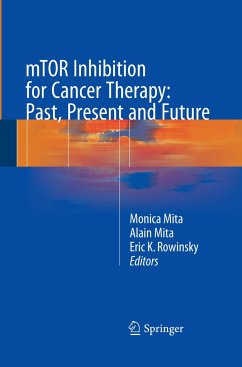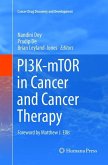This book describes the challenges involved in developing mTOR inhibitors for cancer treatment, starting with an in-depth examination of their molecular mechanism of action, with emphasis on the class side-effects, efficacy and mechanisms of resistance, as well as on promising novel directions for their development, including novel compounds and rational combinations with other anti-neoplastic drugs.
Over the last 10 years, inhibitors of mTOR have emerged as a major class of anticancer drugs. Two rapamycin analogs are currently approved for the treatment of renal cell carcinoma, and it is estimated that a variety of other tumor types could benefit from mTOR inhibition, with numerous clinical trials (including pivotal registration trials) already underway. Second-generation small-molecule inhibitors of the pathway have also shown promise in terms of their superior tolerability and efficacy and are undergoing extensive clinical evaluation, with an estimated 30+ compoundscurrently under evaluation.
Over the last 10 years, inhibitors of mTOR have emerged as a major class of anticancer drugs. Two rapamycin analogs are currently approved for the treatment of renal cell carcinoma, and it is estimated that a variety of other tumor types could benefit from mTOR inhibition, with numerous clinical trials (including pivotal registration trials) already underway. Second-generation small-molecule inhibitors of the pathway have also shown promise in terms of their superior tolerability and efficacy and are undergoing extensive clinical evaluation, with an estimated 30+ compoundscurrently under evaluation.








